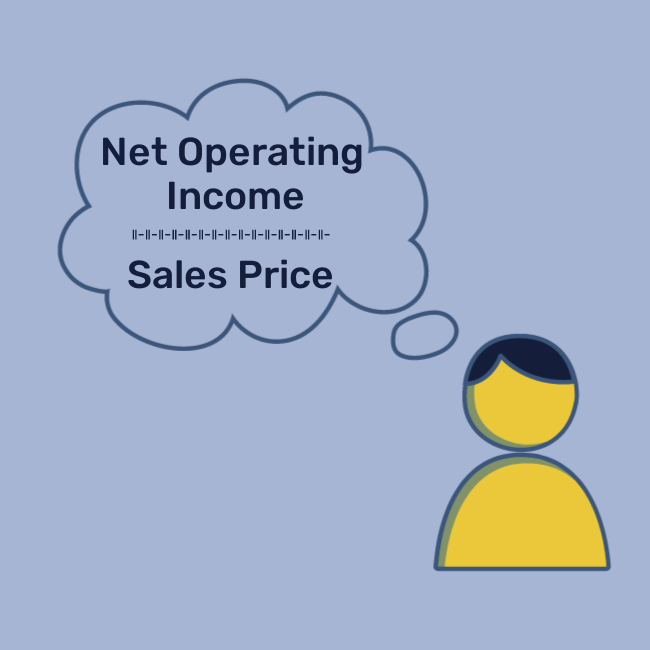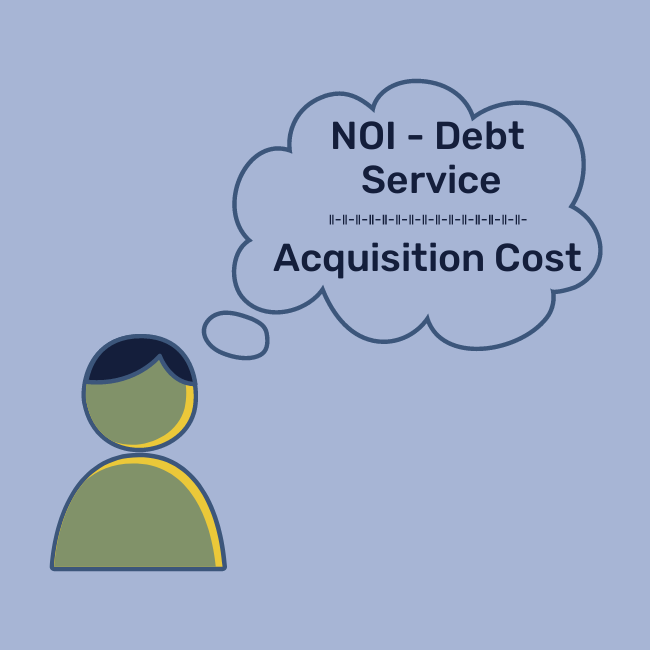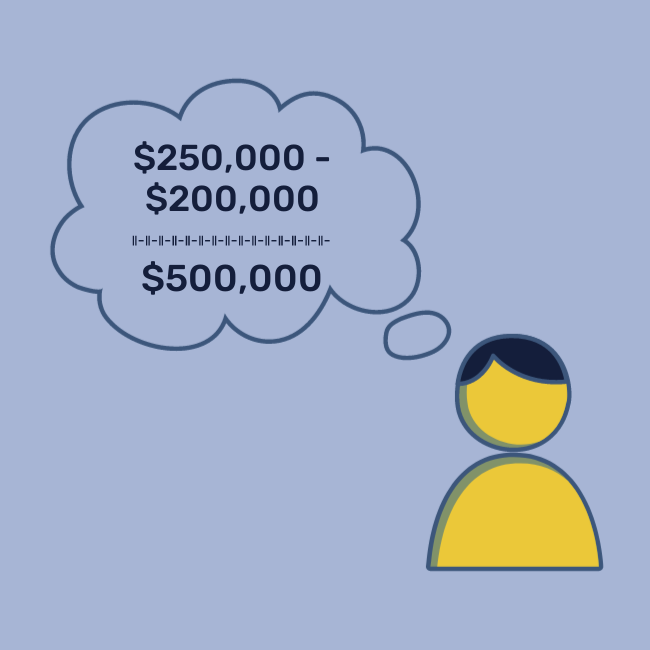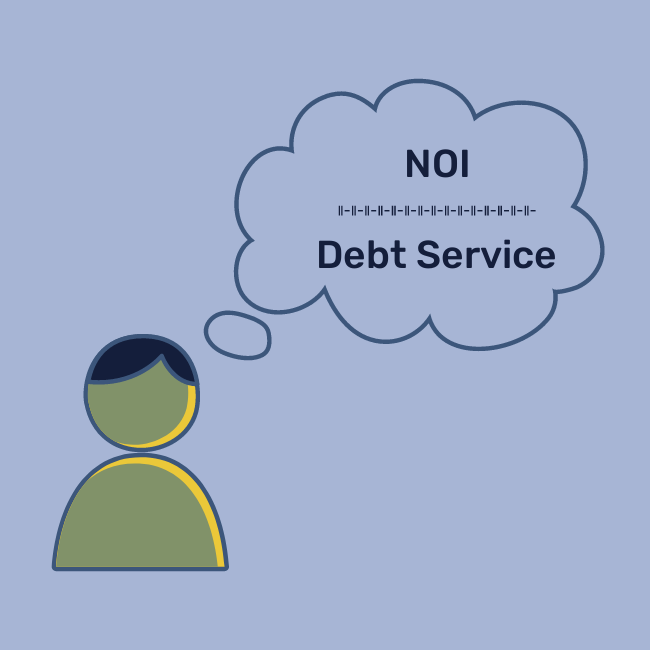Blog

I want to invest in Real Estate, not do math problems!
I want to invest in Real Estate, not do math problems!
So, you want to start investing in real estate? I'm guessing you are starting where I did, reading books or articles about the subject and trying to make sense of where to start. At some point along the way, you might start feeling the way you did before an algebra mid-term in High School. If you are like me, you'll end up with scraps of paper or sticky notes full of formulas and definitions.
When evaluating a potential investment property to add to your portfolio, you will likely be presented with a whole packet of information explaining the opportunity and potential upside. Those numbers are net operating income, cap rate, case on cash return and debt coverage ratio. Understanding these numbers is critical for anyone who wants to invest in real estate (no matter the size of the property), so lets break them down and learn what each term means. While none of these numbers indicate guarantees of success, together they can help investors find investments that have a stronger chance of meeting their goals.
Net Operating Income
In real estate, the Net Operating Income (NOI) is the remaining profit from a property after accounting for all operating expenses and is typically shown in a yearly total. If you have spent time in other industries and are not as familiar with real estate, you may know this number as "EBIT" or earnings before interest and taxes. Our NOI is going to be calculated without accounting for any taxes, payments on the loan for the property or capital expenditures (like replacing a roof).
For our example, we will estimate a few sources of income and several operating expenses below and all numbers are annualized for the example.
Rental income: $250,000
Laundry services: $5,000
Premium parking: $10,000
Pet rent: $10,000
Total revenue: $275,000
Insurance: $2,500
Property taxes: $7,500
Repair and maintenance: $7,500
Property management fees: $2,500
Staff salary: $5,000
Total expenses: $25,000
In this example, we would end up with a NOI of $250,000 and we will use that number to find out more information on the financial viability of our potential investment.
Cap Rate
Commonly referred to as Cap Rate, the capitalization rate is used to indicate what rate of return you can anticipate from the investment you place in. Calculating the Cap Rate is rather simple if you have the required information. The formula involves your NOI and the sales price of the property.

Once you have divided your Net Operating Income by the sales price, you are left with a decimal that can be converted into a percentage. In our example, the NOI is $250,000 and the property you are buying is $4,000,000. So, we would plug those into the equation and come up with 0.625 which when converted into a percentage gives us 6.25%.
While doing the math and finding the Cap Rate isn't very challenging, understanding what it really means can be a bit more difficult. Cap Rates are designed to allow you to calculate the amount of time it would take to get your investment back through profits from the property. Because of this, lower Cap Rate usually indicates a safer investment (lower estimated profits and longer time to receive initial investment back through profits).
Cap Rate can also be useful to compare two properties that are not exactly similar to determine which of the two fit your preferred investment plan and style.
Cash on Cash return
Next up on our list is the Cash on Cash return. (CoC for short) which measures what the annual return on the property was for the investor. This number is calculated based on pre-tax numbers and is commonly used to forecast future returns for investors.
To calculate the CoC, you would need to know the NOI which we should have from the previous calculations. You also will need to know the annual Debt Service amount (your total mortgage payment for the property over a year) and your Acquisition Cost (how much cash you need to close on the property).

If we stay with our earlier example, our NOI is still $250,000. If we assume that our Annual Debt service is $200,000 and it will cost us $500,000 to close on the property (acquisition cost), then we can plug those numbers into the formula and get our Cash on Cash return.

After calculating this out, we have $50,000 divided by $500,000 and a result of 0.1. When converted into a percentage, that gives us a CoC of 10%. The CoC is designed to measure an investors annual return based on actual cash invested instead of accounting for the debt acquired to cover the additional cost of the property.
Debt Coverage Ratio
The last important number to learn and calculate when reviewing potential commercial real estate deals is the Debt Coverage Ratio. You may also see this referred to as the Debt Service Coverage Ratio (DSCR). This number is a measurement of the ability to pay the mortgage payments for the property out of the cash generated by the property. This is the one number out of these three that is not expressed as a percentage. Calculating the number only requires two variables that we already have from our prior formulas.

Keeping with the same example, we will use the NOI (established as $250,000) and the Debt Service ($50,000). After inserting the amounts from our example, we come up with 1.25 as our result.
Any property that has a result of more than one is typically profitable as they are able to cover their debt service (mortgage payments) from their income. However, being barely above one could mean that a property struggles to make their payments on time. Most lenders want to see a Debt Coverage of 1.15-1.25 or higher. One important detail is that this number can fluctuate over time. Many multifamily property loans have an interest only period over the first three years. When the principle and interest payment starts, this number will likely decrease initially and then increase as the balance owed decreases and interest owed declines.
Conclusion
Understanding both how to calculate these three numbers and what they mean for the potential success of your investment is critical. Every deal will have both upsides and potential issues but knowing more about the terms on offer makes you a more informed and better investor. Are you ready to discuss putting your money to work for you? Fill out our contact form and we will be in touch with you soon to learn more about your goals and situation.
Follow us on Facebook and LinkedIn to stay up on current happenings and to see our new blogs when they are released.
References
Learn How To Become An Investor With Us
We welcome inquiries from investors seeking multifamily investment opportunities.
Helpful Links
Contact Information
Location: 2550 E. Rose Garden Lane #71235 Phoenix, AZ 85050
Phone : (662) 505-5036
Email : info@desertlilyproperties.com

© 2023 Desert Lily Properties All Rights Reserved.
© 2023 Desert Lily Properties. All Rights Reserved.




